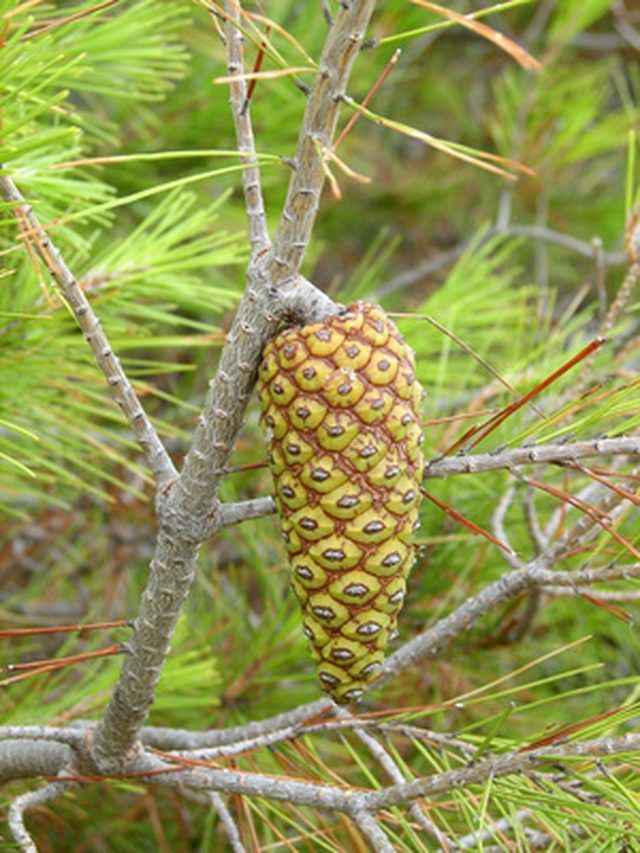Bulbs
Flower Basics
Flower Beds & Specialty Gardens
Flower Garden
Garden Furniture
Garden Gnomes
Garden Seeds
Garden Sheds
Garden Statues
Garden Tools & Supplies
Gardening Basics
Green & Organic
Groundcovers & Vines
Growing Annuals
Growing Basil
Growing Beans
Growing Berries
Growing Blueberries
Growing Cactus
Growing Corn
Growing Cotton
Growing Edibles
Growing Flowers
Growing Garlic
Growing Grapes
Growing Grass
Growing Herbs
Growing Jasmine
Growing Mint
Growing Mushrooms
Orchids
Growing Peanuts
Growing Perennials
Growing Plants
Growing Rosemary
Growing Roses
Growing Strawberries
Growing Sunflowers
Growing Thyme
Growing Tomatoes
Growing Tulips
Growing Vegetables
Herb Basics
Herb Garden
Indoor Growing
Landscaping Basics
Landscaping Patios
Landscaping Plants
Landscaping Shrubs
Landscaping Trees
Landscaping Walks & Pathways
Lawn Basics
Lawn Maintenance
Lawn Mowers
Lawn Ornaments
Lawn Planting
Lawn Tools
Outdoor Growing
Overall Landscape Planning
Pests, Weeds & Problems
Plant Basics
Rock Garden
Rose Garden
Shrubs
Soil
Specialty Gardens
Trees
Vegetable Garden
Yard Maintenance
California Planting Zones
California Planting Zones. Many think of California as a land of sun and surf, but there are several different planting zones within the state. Because annual lows differ based on the area, it's important to take these zones into consideration when planting.
Many think of California as a land of sun and surf, but there are several different planting zones within the state. Because annual lows differ based on the area, it's important to take these zones into consideration when planting.
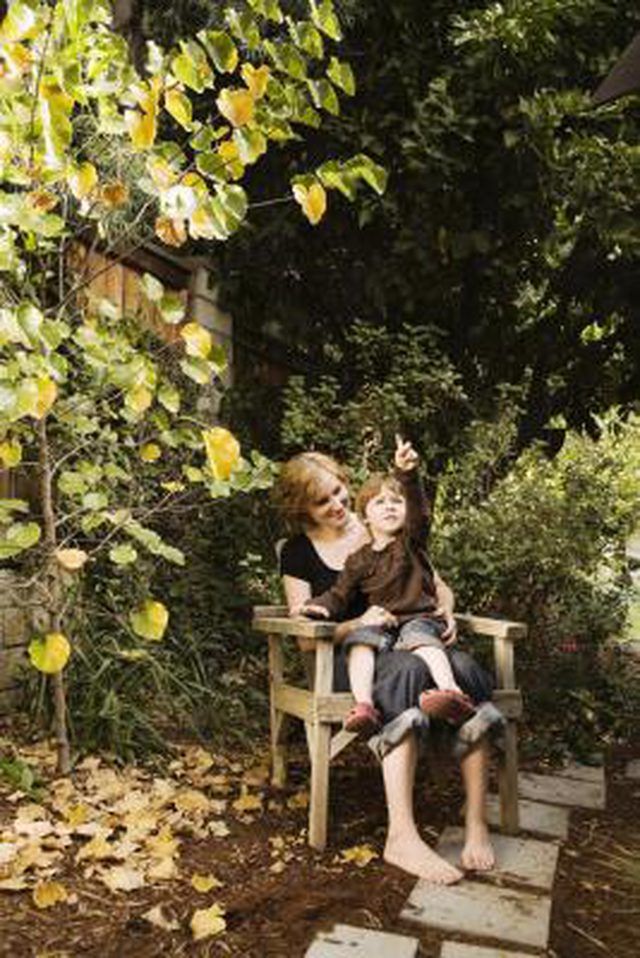
The coastline of California is in the warmest zones, 10b and 10a along the ocean and 9a and 9b inland from there. Much of the southern part of the state is also in the Zone 9 range, with temperatures cooling into the Zone 8 range in the Fresno area. The interior of the state can get as low as Zone 7, and the very northeast corner drops through Zone 6 and into Zone 5.
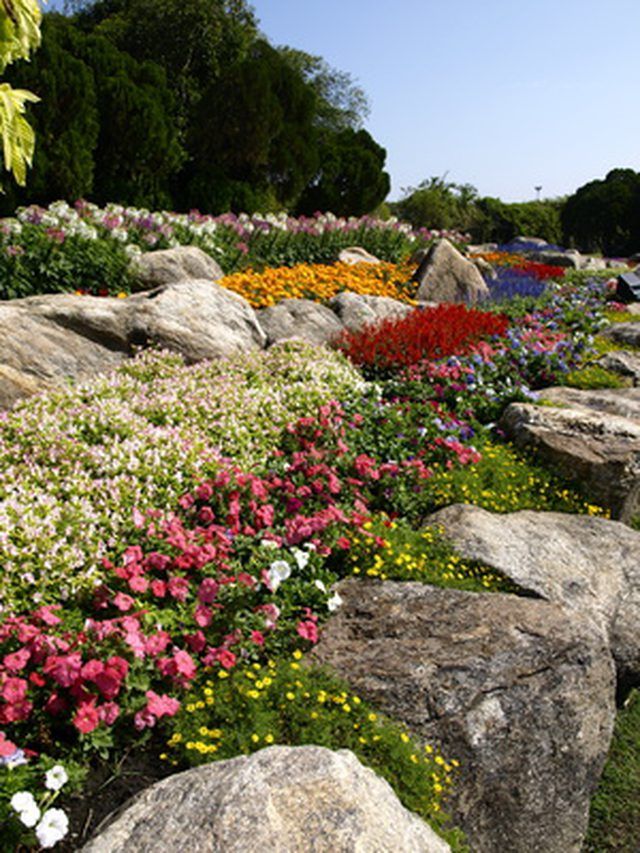
California isn't all warm weather year around. For those in the northeastern part of the state, landscaping plants that are outdoors year around have to withstand average annual lows that can drop below the freezing mark; this is a significantly different environment than the warm coastal regions.
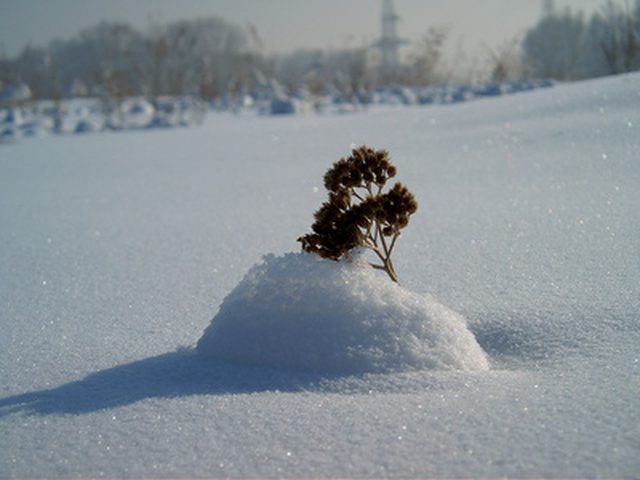
Checking a planting guide for each zone can make a big difference as to when garden crops are planted. For example, in Zone 10, corn can go in the ground as early as February, while in northern California's colder zones, it should be planted no earlier than May because of the likelihood of later frost.
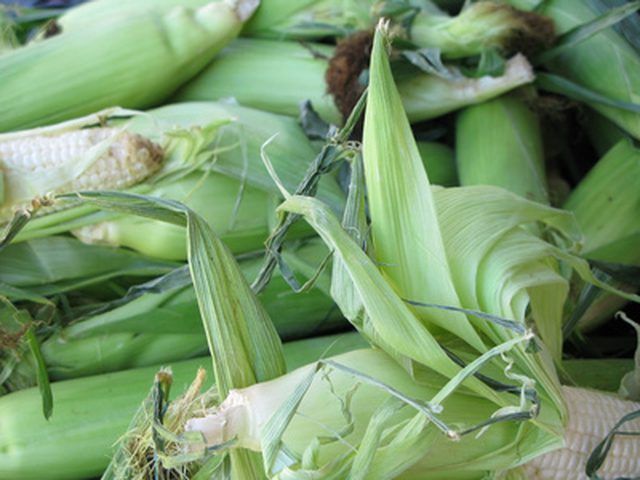
When deciding what plants to include in a landscape, consider the zone. A northern California garden will look different from a southern one, as it needs to include trees and plants that can weather the freezing winter months.
